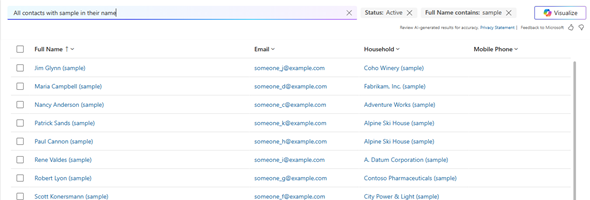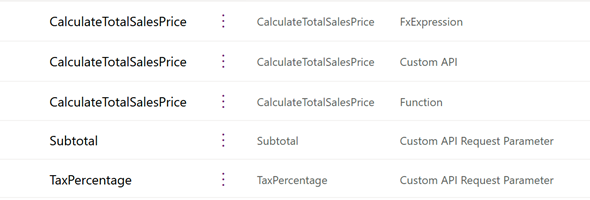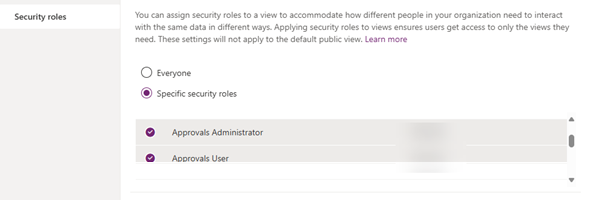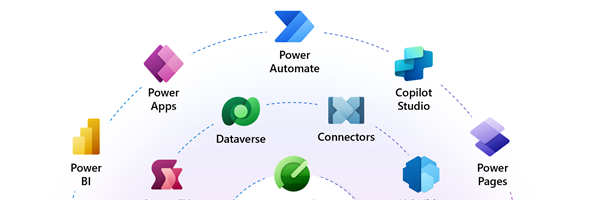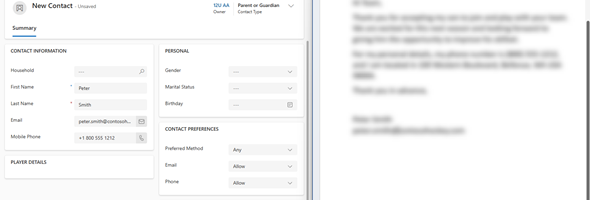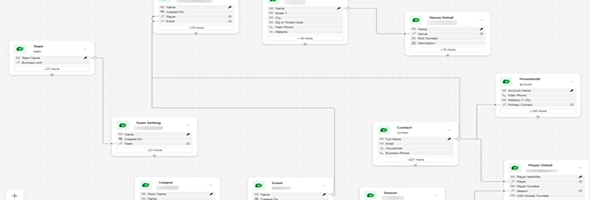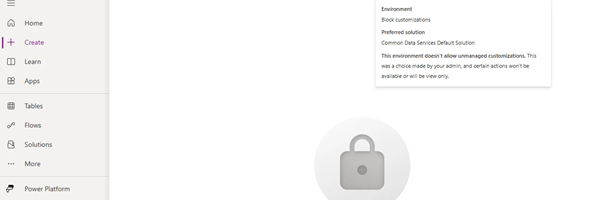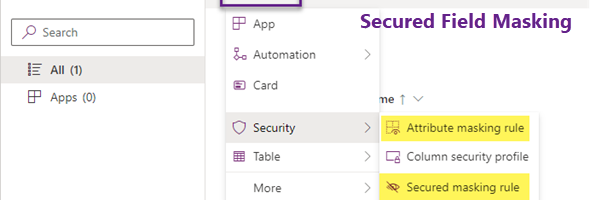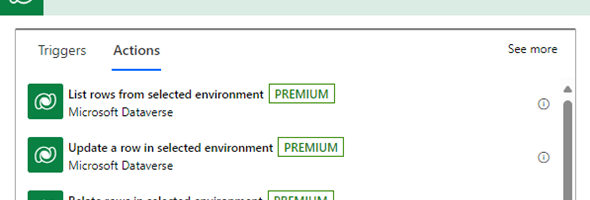Data exploration agent in Model-driven apps
On February 18th, 2025 Microsoft announced the public preview of the data exploration agent for Model driven apps. This new agent provides the ability to find records using complex filters using Copilot and Natural language to describe what data you are looking for.

